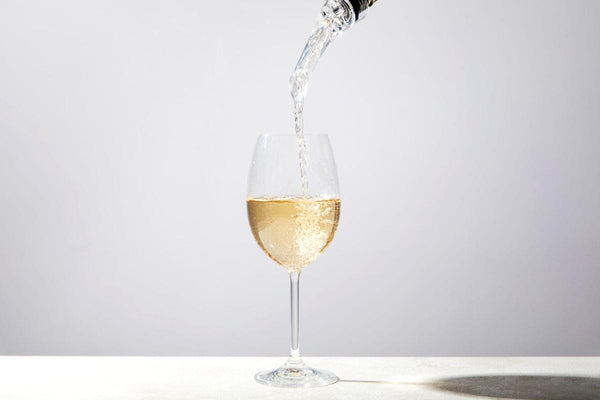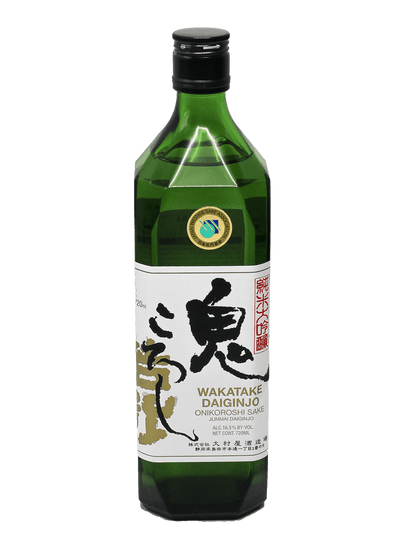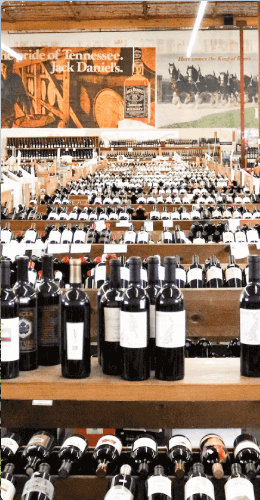The Definitive Guide to Franciacorta Wine

The world of sparkling wine offers a wide variety of options to delight our palates, and one of the most prized but often underappreciated gems is Franciacorta. An Italian wine, Franciacorta is an exceptional quality sparkling wine that rivals the most renowned French Champagnes. This guide will explore the unique characteristics of Franciacorta, its production process, and the reasons why it has gained ample recognition in the wine world.
Franciacorta Wine: History and Region
Franciacorta takes its name from the Italian wine region where it is produced, located in the province of Brescia in Lombardy. Although sparkling wine has been made in this region for centuries, it was in the 1960s that production began under the Franciacorta denomination of origin, establishing specific quality standards and production methods.
Formed by a glacier from the Camonica valley, the area’s landscape owes its shape to five glacial periods. Initially, the glacier expanded, forming undulating moraines, followed by a static phase that created a more significant arc of hills. Subsequent glacial retreats shaped the rolling hills and deposited silt- and sand-rich soils, known for their permeability and lack of clay.
The region benefits from its position at the northern edge of the Po Valley and near Lake Iseo, which moderates both summer heat and winter cold, creating a unique meso-climate. Cool breezes in summer and the lake’s warmth in winter temper extreme conditions. Frequent spring and summer storms occur due to the collision of moist air masses and cold winds from the Alps, with most rainfall occurring during the vine-growing season.
Production Method of Franciacorta Wine
Franciacorta is made using the traditional method, also known as the méthode champenoise. After the base wines are fermented and blended, the wine experiences a second in-bottle fermentation. A mixture of yeast and sugar is added to the wine to generate that charming effervescence. This second fermentation occurs in the same bottle in which the Franciacorta is sold, giving it superb complexity and finesse not found in wines like Prosecco, which uses the tank method.
The Franciacorta Grape Varieties
The grapes used in the production of Franciacorta are primarily the same as in Champagne. This includes Chardonnay and Pinot Noir but also Pinot Blanc. Chardonnay brings freshness, elegance, and citrus notes, while the Pinot Noir contributes structure, body, and more intense berry fruit notes. Franciacorta satèn, a blanc de blancs style wine, is made either entirely from Chardonnay, or with a blend of Chardonnay and “pinot bianco” grapes. “Pinot nero” (pinot noir) is used in Franciacorta rosé wines, which must contain a minimum of 15 percent pinot nero. The balance between these grape varieties is key to achieving Franciacorta’s distinctive character.
Characteristics of Franciacorta Italian Wine
Franciacorta stands out for its elegance, complexity, and refinement. It has fine and persistent bubbles that delicately rises in the glass. Its aromas and flavors offer a broad range of notes including white and citrus fruits, toasted bread, nuts, honey, and flowers. It is a versatile sparkling wine that can pair with a variety of dishes, from appetizers to main courses.
The Franciacorta Classification System
Franciacorta is classified into different categories based on its aging time in the bottle. This allows you to choose the right sparkling wine for every occasion. These categories are:
- Franciacorta: Minimum age of 18 months in bottle.
- Franciacorta Satèn: Made exclusively from Chardonnay and aged for at least 24 months.
- Franciacorta Rosé: Made from Pinot Noir and/or Pinot Blanc, with a minimum aging of 24 months.
- Franciacorta Millesimato: Vintage wines aged for at least 30 months.
- Franciacorta Riserva: Minimum aging of 60 months.
Each of the five categories offers different flavors and unique characteristics.
As a baseline, expect to find a straw yellow sparkling wine with golden highlights alongside a fine, long-lasting perlage of bubbles, and a bouquet characteristic of traditional method fermentation, including tertiary aromas. Freshly baked bread and yeast aromas are enriched by delicate citrus and dried fruit and nut notes such as almonds, hazelnuts and dried figs. Even the 18-month wines are savoury, zesty, fine and aromatic.
Notable Wineries in the Franciacorta Region
In the Franciacorta region, several standout wineries apply extremely high quality standards. Some of them include Ca' del Bosco, Bellavista, Berlucchi, Ferghettina, Vigna Dorata, and Contadi Castaldi. These wineries have been instrumental in establishing Franciacorta’s reputation and quality in the international market. Next time you buy wine, broaden your experience by sampling some examples of this superb Italian sparkler.
For instance, consider the Vigna Dorata Franciacorta Brut, which Wine Enthusiast described as offering “enticing scents of yellow stone fruit, bread dough and a whiff of acacia honey.” Also, pick up the Bellavista Alma Gran Cuvee Franciacorta DOCG Brut next time you order wine online.
Wine critic James Suckling said, “Anyone who thinks that Italian sparkling wines are always lighter and simpler than Champagne should try this substantial wine with pear, apple and berry nuances and a successful balance of yeast character and acidity.”
International Recognition
Franciacorta has gained worldwide recognition and has been awarded prestigious international prizes. This is notable because the Consortium was founded not so long ago, in March 1990, by 29 producers with a view to ensuring that the Franciacorta wine production quality is foremost, prescribed by strict regulations. Its quality and elegance have made it a preferred choice among wine experts and sparkling wine lovers around the world.
In all, Franciacorta is an Italian sparkling wine gem that deserves to be discovered and appreciated. Its elegance, complexity, and finesse place it among the best sparkling wines in the world.


















Leave a comment